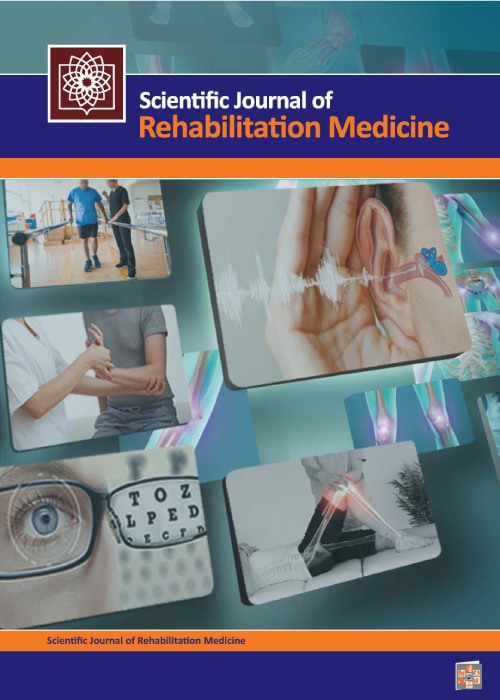The effect of the first phase of cardiac rehabilitation on quality of life and functional capacity of patients with heart failure
Author(s):
Abstract:
Background And Aims
The prevalence of heart failure is increasing. The effects of the second and third phases of cardiac rehabilitation in reducing symptoms and improving quality of life for ambulatory (discharged) heart patients has repeatedly been investigated. However, due to the threats to the survival of heart patients at hospitalization (and the possibility of a sharp decline in functional capacity of patients at this stage), the first phase of cardiac rehabilitation, especially for patients with heart failure, has rarely been studied. Meanwhile, the quality of life is becoming increasingly important in the health care system so that it is belived that the most important goal in interventions is to improve the quality of life, especially in chronic diseases. Thus, the aim of the present study was to evaluate the effect of the first phase of cardiac rehabilitation on the quality of life and functional capacity of patients with heart failure.Methods and Materials: In the present one way blind clinical trial, 34 patients with moderate and severe heart failure (New York Heart Association functional classification basis) with left ventricular ejection fraction lower than 40 percent were included. The patients were randomly divided into two groups. Both groups received routine medical care during hospitalization and respiratory physiotherapy. In addition, patients in the intervention group care had aerobic exercise program using a stationary bicycle. In both groups, in addition to the usual parameters (such as heart rate, blood pressure and respiratory rate), the first and fifth day of hospitalization, quality of life (using the Persian version of the Seattle Angina Questionnaire) and functional capacity (6-minute walk test) were measured. Normality Shapiro-Wilk test was also performed. Then, dependent parameters in the two groups were tracked running multi-factor repeated measures analysis of variance.
Results
In the beginning of the study, the two groups were not significantly different in terms of the variables related to disease severity and demographics. Then, functional capacity was increased in both groups from the first day to the fifth day, yet this improvement was not found to be significant. Also, the quality of life improved 53.84 percent in the intervention group and 29.62 percent in the control group, which is statistically significant (p Conclusion
Cardiac rehabilitation during the first five days of hospitalization can improve the quality of life (which is considered as a predictor of outcome in heart failure) as well as functional capacity in heart failure patients. Keywords:
Language:
Persian
Published:
Scientific Journal of Rehabilitation Medicine, Volume:6 Issue: 2, 2017
Pages:
82 to 90
magiran.com/p1735490
دانلود و مطالعه متن این مقاله با یکی از روشهای زیر امکان پذیر است:
اشتراک شخصی
با عضویت و پرداخت آنلاین حق اشتراک یکساله به مبلغ 1,390,000ريال میتوانید 70 عنوان مطلب دانلود کنید!
اشتراک سازمانی
به کتابخانه دانشگاه یا محل کار خود پیشنهاد کنید تا اشتراک سازمانی این پایگاه را برای دسترسی نامحدود همه کاربران به متن مطالب تهیه نمایند!
توجه!
- حق عضویت دریافتی صرف حمایت از نشریات عضو و نگهداری، تکمیل و توسعه مگیران میشود.
- پرداخت حق اشتراک و دانلود مقالات اجازه بازنشر آن در سایر رسانههای چاپی و دیجیتال را به کاربر نمیدهد.
In order to view content subscription is required
Personal subscription
Subscribe magiran.com for 70 € euros via PayPal and download 70 articles during a year.
Organization subscription
Please contact us to subscribe your university or library for unlimited access!



